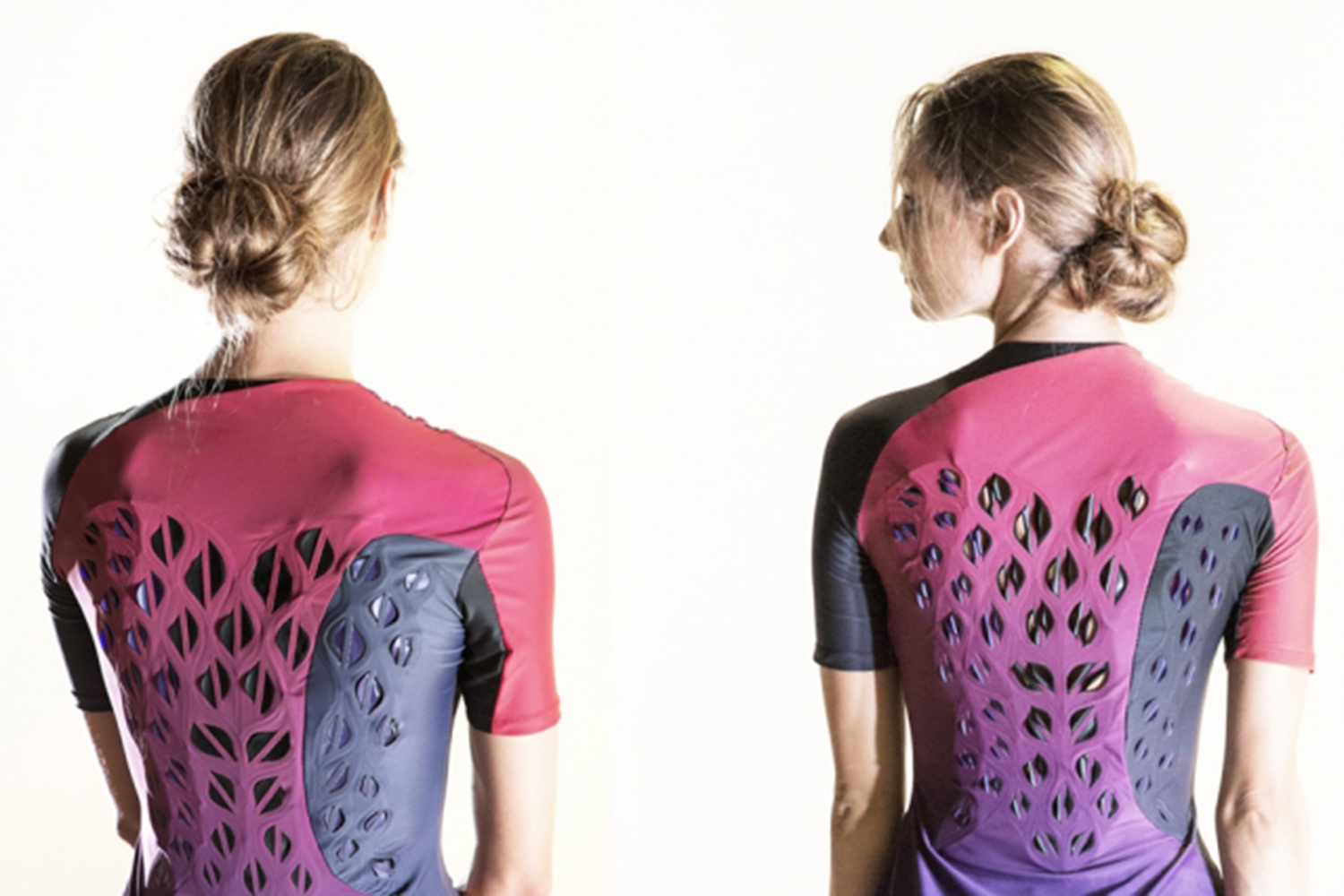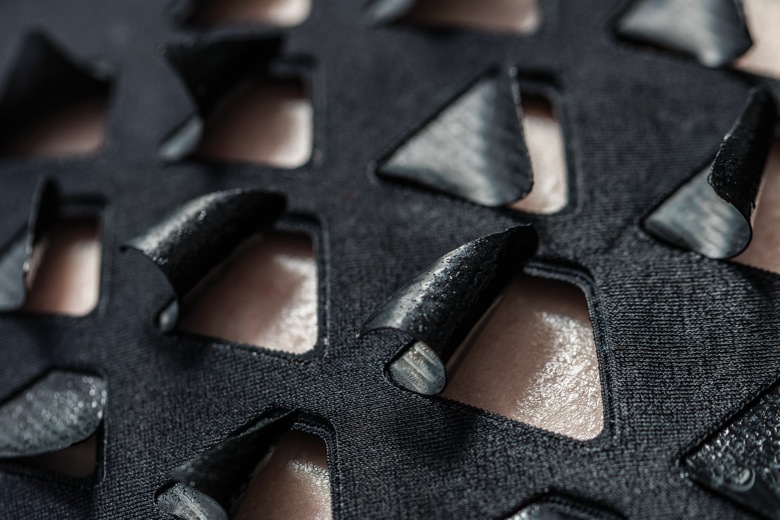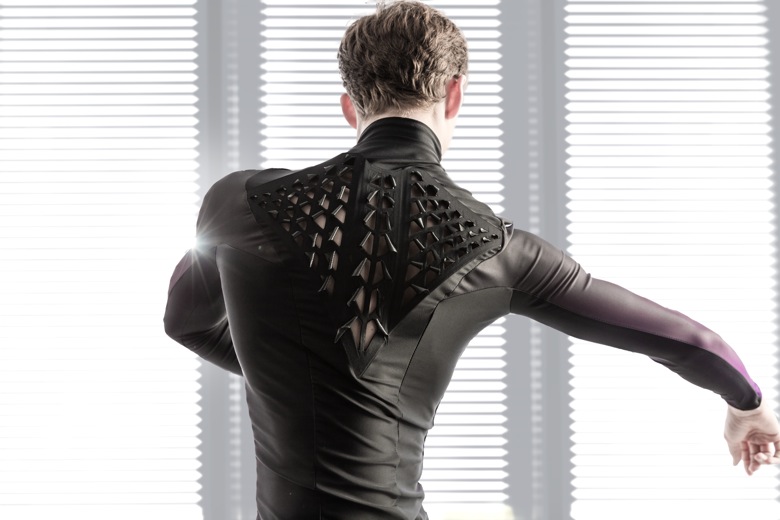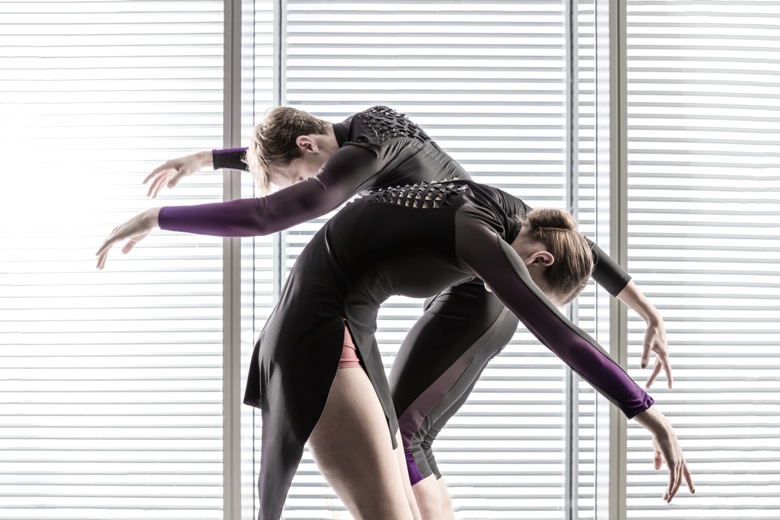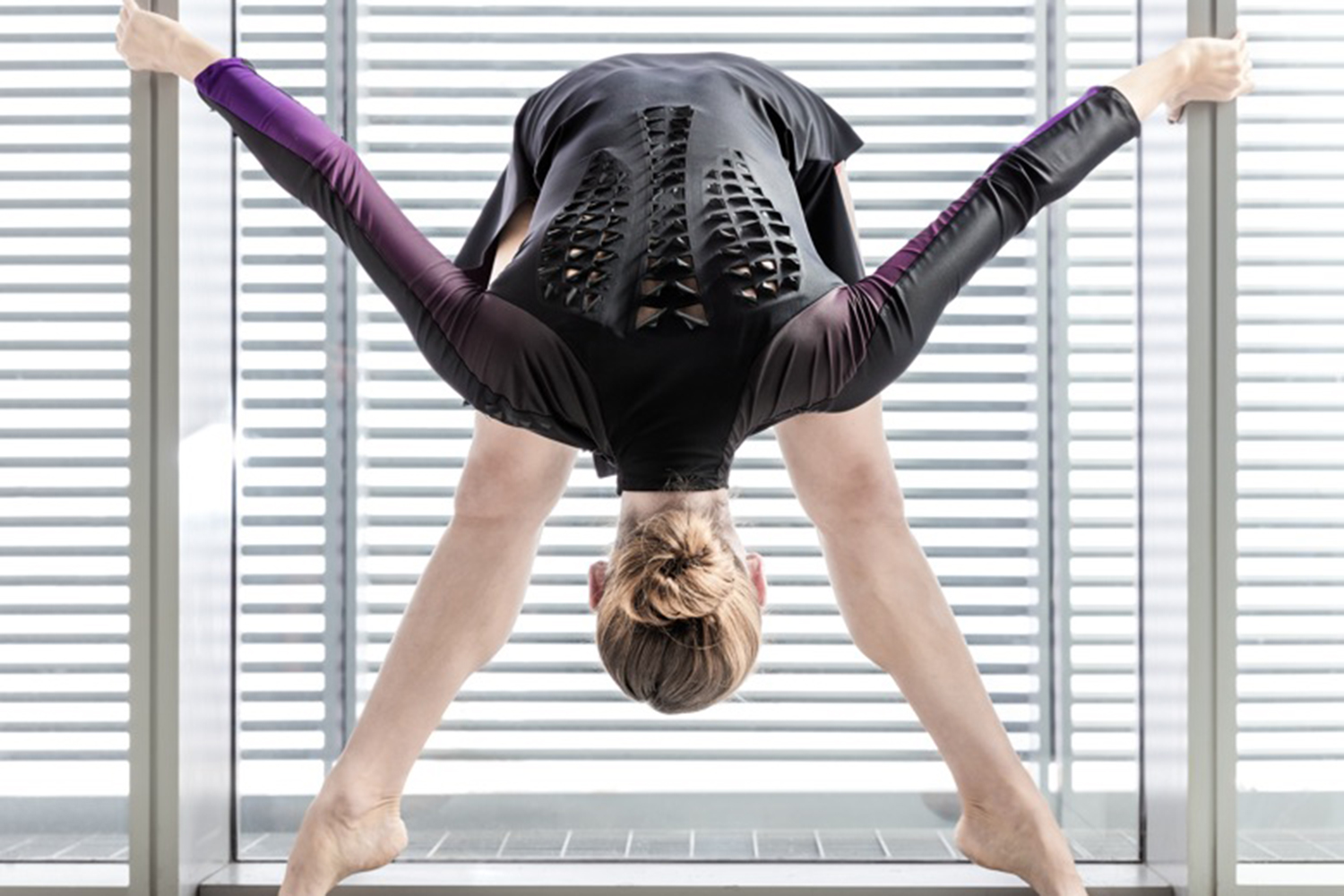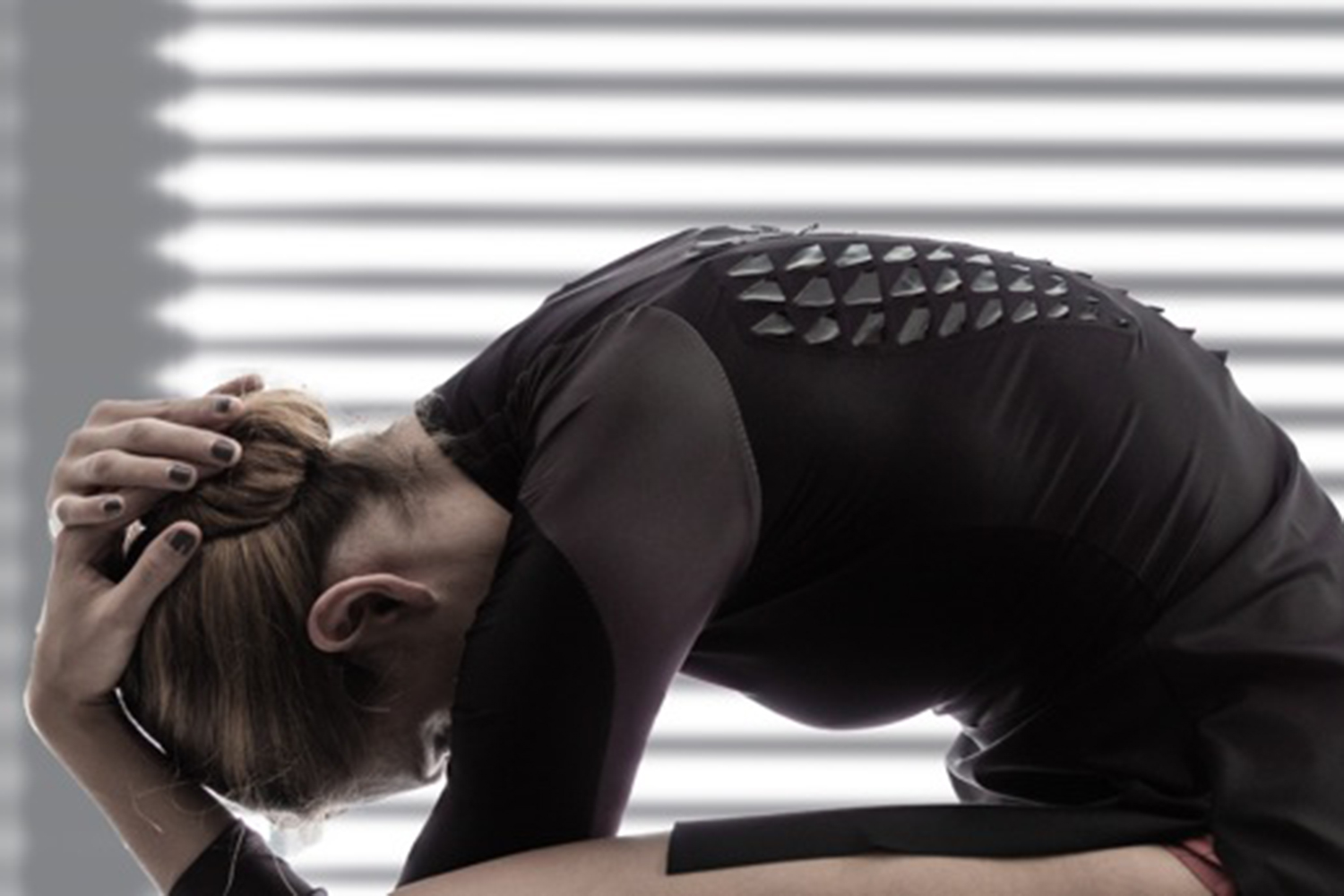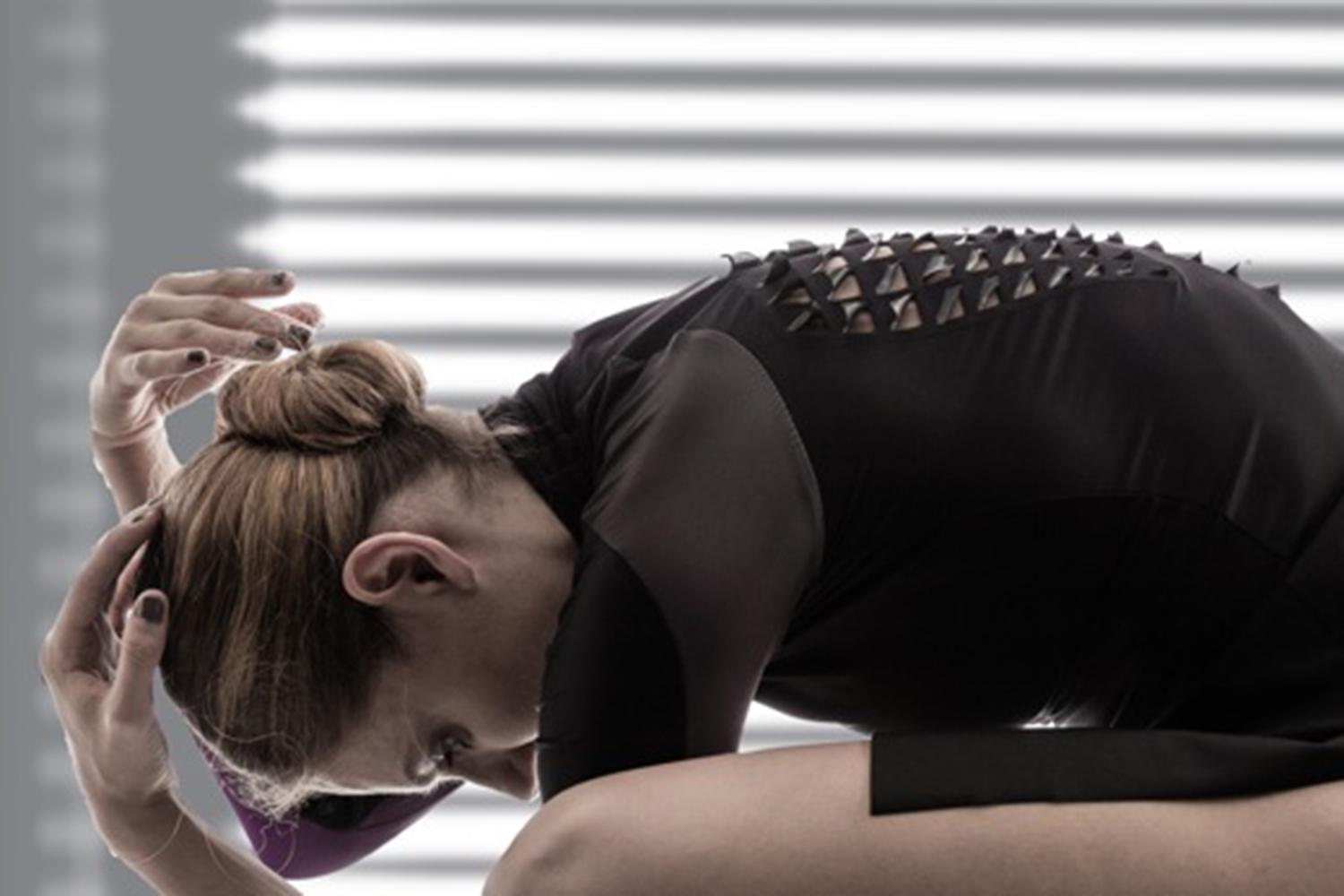“We found that microbial cells are sensitive to moisture change in the environment,” Wen Wang, a biotech researcher who led the study, told Digital Trends. “At dry condition, the cell shrinks to a smaller size, while at humid condition, it swells to a bigger size.”
Wang and his team used bioprinting to coat small flaps of latex with E. coli cells, creating a sandwich with microbes on the top and bottom, as they described in a recent paper published in the journal Science Advances. When exposed to heat or moisture, the cells shrink and cause the latex to bend. So when a wearer warms up and starts sweating, the flaps curl and create little vents, allowing air to flow and the fabric to breathe better.
“This fabric can respond to skin moisture through bending, and create the air flow to help remove the moisture on the skin,” Wang said.
To test their durability, the flaps were run through 100 dry/wet conditions with no significant degradation in their ability to bend, according to the researchers. Commercial workout clothes will need to last more than a few months, so more trials will be needed to ensure its ability to stand up to strenuous exercise.
Although the team’s main prototype is a workout suit, Wang said they’ve explored a number of applications for this technology.
“Since the shape transformation is instant, reversible and repeatable, we believe that there should be many moisture-related applications, especially in our home and around our body,” he said.
For one, they’ve created a “living tea bag” with cells that signal when your tea is ready. They have also experimented with a lampshade that adjusts to the heat of a lightbulb to display different patterns and a toy that responds that changes its shape.
Moving forward, the researchers plan to integrate their technology into commercial products and hope to have athletes sporting their ventilating apparel as early as the 2020 Olympics in Japan.
